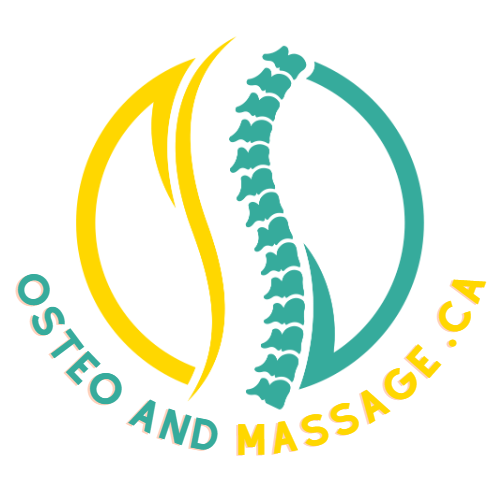5 Core Osteopathic Modalities
While there are various modalities and techniques within the field of osteopathy, 5 core modalities are commonly utilized together to create a comprehensive treatment plan. These modalities are:
These 5 core osteopathic modalities are used collectively to create a comprehensive treatment plan
1. Osteoarticular techniques:
This modality focuses on the manipulation and mobilization of joints to restore proper alignment, range of motion, and function. It involves gentle techniques applied to the articulations (joints) of the body to address restrictions and imbalances.
2. Manual Lymphatic Drainage (MLD)
is a specialized technique that aims to stimulate the lymphatic system and promote the flow of lymphatic fluid throughout the body. The lymphatic system plays a crucial role in immune function, fluid balance, and waste removal in the body. The purpose is to encourage the movement of lymphatic fluid, reduce congestion, and facilitate the drainage of toxins, excess fluid, and cellular waste.
3. Cranial techniques:
Cranial techniques, also known as cranial osteopathy or craniosacral therapy, focus on the subtle movements and rhythms of the craniosacral system, including the bones of the skull, spine, and pelvis, as well as the membranes and cerebrospinal fluid within. These techniques aim to restore balance and optimize the function of the central nervous system.
4. Visceral techniques:
Visceral techniques involve the assessment and treatment of the internal organs and their associated connective tissues. These techniques aim to improve the mobility, circulation, and overall function of the organs, addressing any restrictions or imbalances that may be contributing to pain or dysfunction.
5. Fascial techniques:
Fascial techniques focus on the manipulation and release of the fascia, a connective tissue network that surrounds and supports muscles, organs, and other structures within the body. These techniques aim to restore optimal fascial mobility, improve tissue health, and address fascial restrictions that may impact overall function.
By combining these five core modalities, osteopathic practitioners aim to address the interconnectedness of the body's systems, promote self-healing mechanisms, and restore overall health and well-being. The specific combination and application of these modalities will vary based on individual patient needs, presenting conditions, and the practitioner's assessment.
